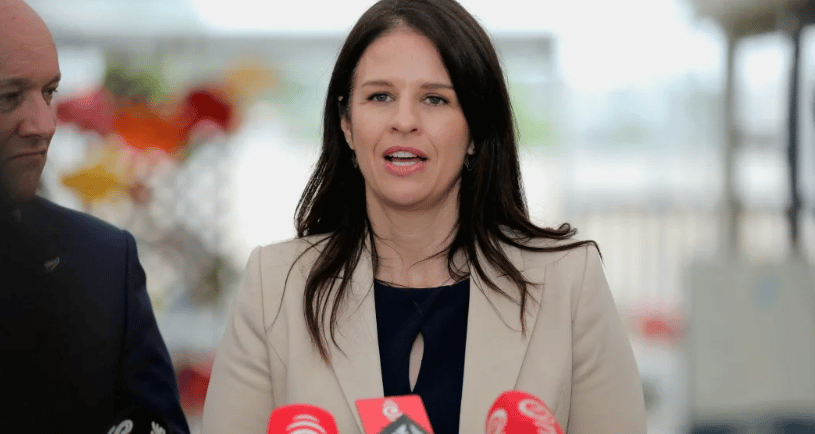PRIMARY TEACHERS to be added to the STRAIGHT to RESIDENCE pathway
The Government announced that primary teachers will be added to the straight to residence pathway on the Green List from 26 March 2025.
IMMIGRATION NEW ZEALAND UPDATE
Source - RNZ
2/26/20252 min read


The New Zealand government is streamlining the residency application process for overseas teachers, aiming to attract more skilled educators to the country. Immigration Minister Erica Stanford emphasized the need to make New Zealand a "competitive destination for overseas talent."
Starting March 26, primary teachers who secure a job with an accredited employer will be eligible to apply for residency immediately, eliminating the previous requirement of working in the country for two years first.
This decision follows a Ministry of Education warning that schools could face a shortage of 1,250 teachers this year.
Stanford highlighted the broader impact of teacher shortages, stating, "A shortage not only affects students but also places additional pressure on other staff."
"To address this issue and attract skilled teachers from abroad, we are making New Zealand a more appealing option by granting primary teachers access to the Straight to Residence pathway."
Under the new process, eligible primary and intermediate teachers, as well as Māori medium equivalents, can apply for residency upon securing a job offer.
Last year, secondary school teachers were added to the Straight to Residence pathway, resulting in the arrival of 480 new educators. According to Stanford, this move benefited thousands of students, with approximately 1,170 teachers receiving an Overseas Relocation Grant of up to $10,000.
However, Stanford noted that immigration is just one of several strategies the government is using to address workforce challenges. She pointed to a $53 million investment aimed at doubling the School Onsite Training Programme, allowing 1,200 aspiring teachers to receive training in classrooms.
Additionally, the Ministry of Education is offering subsidies and financial assistance for teacher training across primary, secondary, and various subject areas.
Concerns Over Workforce Data Reliability
Stanford also criticized the reliability of data used to predict teaching workforce needs, calling it "wholly unreliable."
Last week, the Ministry of Education admitted that its workforce projections for 2025 failed to account for staffing changes under the new teachers' collective agreement, leading to an underestimation of teacher demand.
Speaking to Midday Report on Tuesday, Stanford explained that last year’s decision to fast-track residency for secondary school teachers was based on data indicating a shortage. However, at that time, projections suggested there would be no such shortage for primary teachers, which is why immigration policies were not adjusted for them earlier.
"But now, with clearer evidence showing the need for more primary school teachers, we’ve ensured they also have access to the fast-track residency pathway," she said.
Stanford revealed that she had initially questioned the projections, which suggested an excess of 700 primary teachers by 2025. "The feedback from principals didn’t align with the data," she noted.
Expressing frustration over the inconsistencies, she said she now had access to more reliable figures. However, she also relied on industry feedback and her instincts to implement additional measures.
"We took proactive steps, such as expanding onsite teacher training for primary schools, which was previously available only at the secondary level."
While she acknowledged that not adding primary teachers to the fast-track residency pathway sooner was a missing piece, she emphasized that it was only "one small part of a much bigger puzzle."
The recent immigration changes, she added, "will help ease the situation."
"International teachers will always be part of the solution."
Consultancy
Expert guidance for all NZ immigration matters.
Support
Services
© 2024–2025 Silverstone Immigration Services Ltd. All rights reserved.
